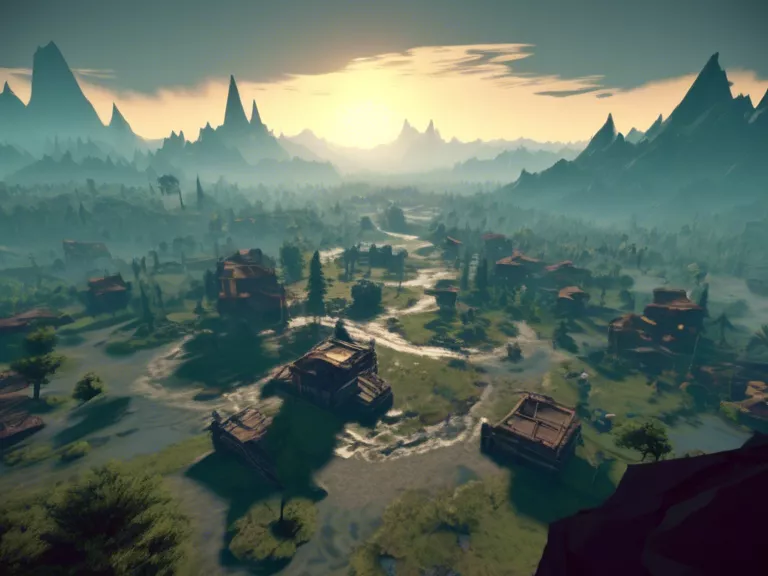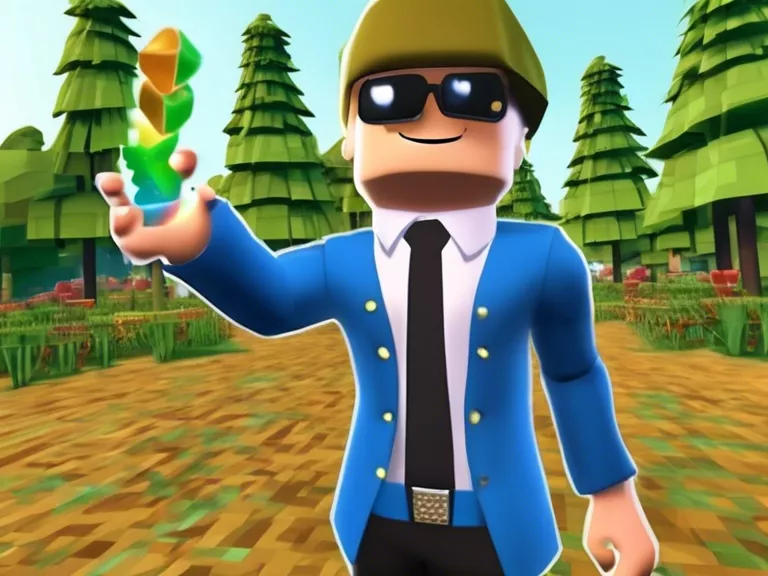
How Procedural Generation is Creating Unique Experiences in Open-World Games
Procedural generation is a powerful tool that game developers use to create vast and diverse open-world environments. In traditional game development, designers meticulously craft each aspect of the game world, from the layout of the landscape to the placement of enemies and items. However, procedural generation takes a different approach by using algorithms to generate content on the fly, resulting in endless possibilities and unique experiences for players.
One of the key benefits of procedural generation is the ability to create expansive, detail-rich environments that feel truly alive. By randomly generating terrain, flora, fauna, and other elements, developers can create open-world games that feel dynamic and constantly evolving. Players can explore new areas, encounter different creatures, and uncover hidden secrets each time they play, creating a sense of discovery and adventure.
Procedural generation also allows for greater replayability in open-world games. Because no two playthroughs are exactly the same, players can experience a fresh and unique adventure each time they boot up the game. This keeps the gameplay experience engaging and exciting, as players never know what they will encounter next.
Moreover, procedural generation can help developers manage the scope and scale of their open-world games. By automating the creation of content, developers can create massive game worlds with minimal effort. This allows smaller indie studios with limited resources to create ambitious open-world games that rival those of larger, AAA studios.
In conclusion, procedural generation is revolutionizing the way open-world games are created and experienced. By generating content dynamically, developers can create vast, diverse, and endlessly replayable game worlds that offer players unique experiences every time they play.



